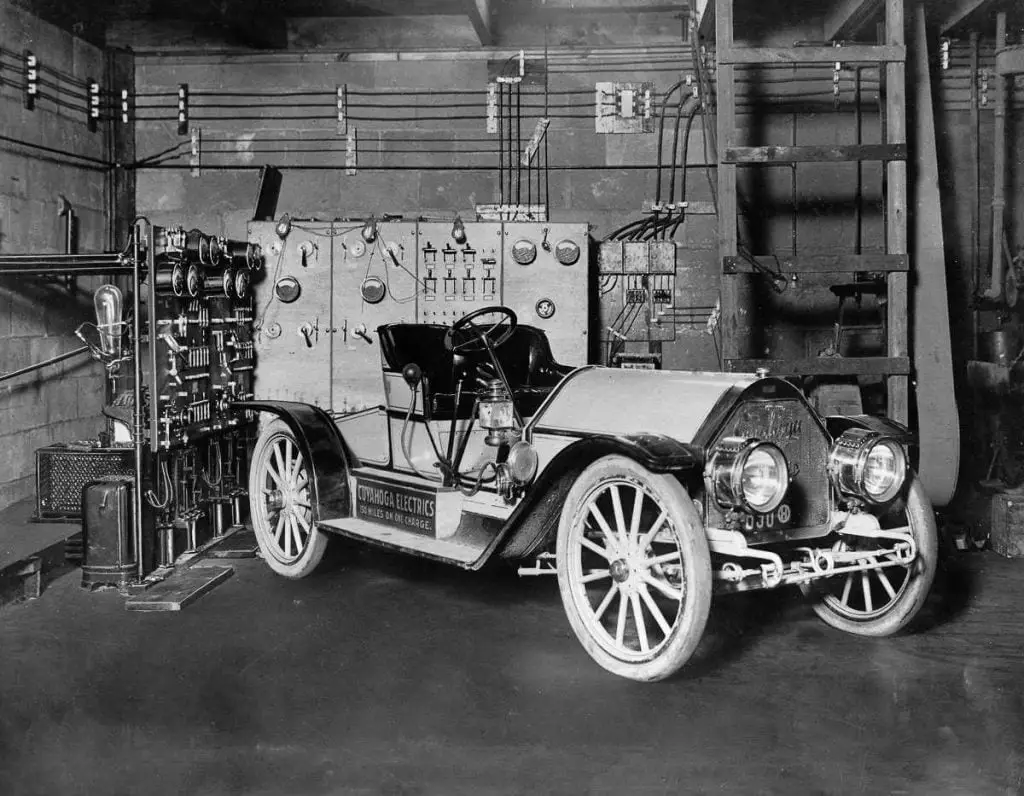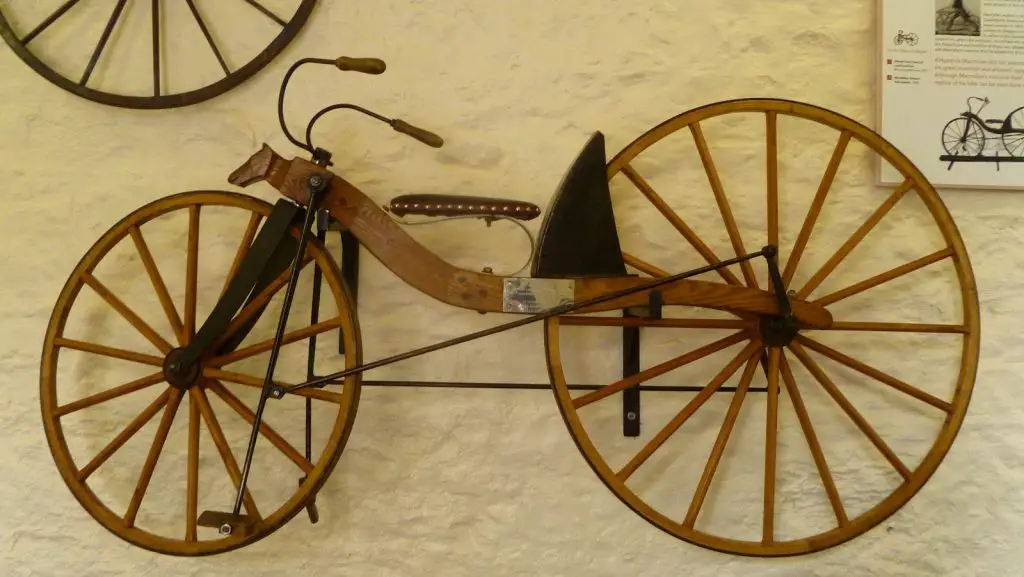The bulldozer is a fascinating piece of machinery, and its history is even more so. The machine was invented by Caterpillar Inc., an American company founded in 1925. Its first bulldozer was a Model R1, which had a 90-horsepower engine and could move at 10 miles per hour. It was used for construction projects like building dams and bridges. In the 1940s, Caterpillar began manufacturing dual-drive tractors that allowed operators to steer the machine with either foot pedals or levers while operating it with hydraulics simultaneously.
In 1954, Caterpillar added hydraulic controls to many models but still didn’t have dual-drive tractors available; operators had to use hand levers if they didn’t want to use hydraulics during operation. Then in 1958, John Deere introduced its first track-type crawler bulldozer called “The Big Jobber,” which weighed over 35 tons (30 metric tons) and could move at up to 14 mph (22 km/h). It wasn’t until 1980 when Koehring Company perfected this design for total production, though!
The bulldozer was invented by Caterpillar, an American company founded in 1925.
The bulldozer was invented by Caterpillar, an American company founded in 1925. The company was started by Benjamin Holt and his wife Clara, who had a farm in California. They made their first tractor on the farm and called it “caterpillar” because it resembled an insect’s tracks. Caterpillar has since become one of the world’s largest industrial equipment manufacturers, and they still make tractors today!
Caterpillar’s first bulldozer was a Model R1 with a 90-horsepower engine that could move 10 miles per hour.
The first Caterpillar bulldozer was a Model R1. It had a 90 horsepower engine and could move at a top speed of 10 miles per hour.
The first bulldozers were used for construction projects like building dams and bridges.
The first bulldozers were used for construction projects like building dams and bridges.
The first bulldozer was invented by Caterpillar Inc., a company specializing in heavy machinery. The name “Caterpillar” comes from its early products, Caterpillar tractors. The company began manufacturing these machines in 1925. They were so successful that they soon became an essential part of many construction projects worldwide, especially those involving dam building or bridge construction (which is why we still call them “bulldozers”).
In the 1940s, Caterpillar began manufacturing dual-drive tractors, allowing operators to steer the machine with a lever or foot pedals.
In the 1940s, Caterpillar began manufacturing dual-drive tractors, allowing operators to steer the machine with a lever or foot pedals. These tractors could be used for all jobs, including grading roads, digging ditches, and constructing buildings.
In 1950, Caterpillar introduced its first diesel engine for heavy construction equipment. That same year saw the introduction of the D4 bulldozer, one of the earliest models to feature a blade on each side of its track frame instead of just one edge at one end as in most other models at that time (like those produced by International Harvester).
In 1946, Caterpillar started selling hydraulic attachments for its tractors, which made it easier to push aside obstacles and operate more efficiently than with just their wheels alone.
In 1946, Caterpillar started selling hydraulic attachments for its tractors, which made it easier to push aside obstacles and operate more efficiently than with just their wheels alone. These attachments became known as bulldozers.
Because of their ability to quickly move large amounts of earth, bulldozers were used extensively in construction projects like dams and bridges (which required moving significant parts of dirt). During World War II, the military also used them to clear battlefields so soldiers could advance in enemy positions without being shot at from cover or undergrowth.
In 1954, the company added hydraulic controls to many models, but operators still had to use hand levers if they didn’t want to use hydraulics during operation.
In 1954, the company added hydraulic controls to many models, but operators still had to use hand levers if they didn’t want to use hydraulics during operation.
In 1956, Caterpillar introduced its first “integral” model with manual and hydraulic controls on the same lever for each function. Allowed for easier control over all tasks in one motion with less chance of error or confusion about which mode was active at any given time.
The first track-type crawler bulldozer was introduced in 1958 by LaPlant Industries Inc., which was bought by John Deere two years later for $3 million in stock shares.
The Koehring Company introduced the first tandem-drive track-type crawler bulldozer in 1970, but it wasn’t until 1980 that the design was perfected for total production.
In 1970, the Koehring Company introduced the first tandem-drive track-type crawler bulldozer. The design wasn’t perfected for total production until 1980, when it became known as the “Goliath” and was built on a Caterpillar frame with an engine designed to run on diesel fuel or natural gas.
The Goliath is still manufactured today by several companies, including Caterpillar Inc., Komatsu Ltd., JCB Ltd., Hitachi Construction Machinery Co Ltd, and Daewoo Heavy Industries & Construction Co Ltd (Daewoo).
The history of the bulldozer is a long and illustrious one. The first machines were used for construction projects like dams and bridges. Still, they weren’t called “bulldozers” until Caterpillar began manufacturing dual-drive tractors that allowed operators to steer the machine with a lever or foot pedals. These new models quickly became popular because they were more maneuverable than their predecessors, which made them easier to use on smaller job sites.
The bulldozer is a fantastic piece of machinery that has helped us build roads and bridges. It’s also been used in construction projects like building dams and



